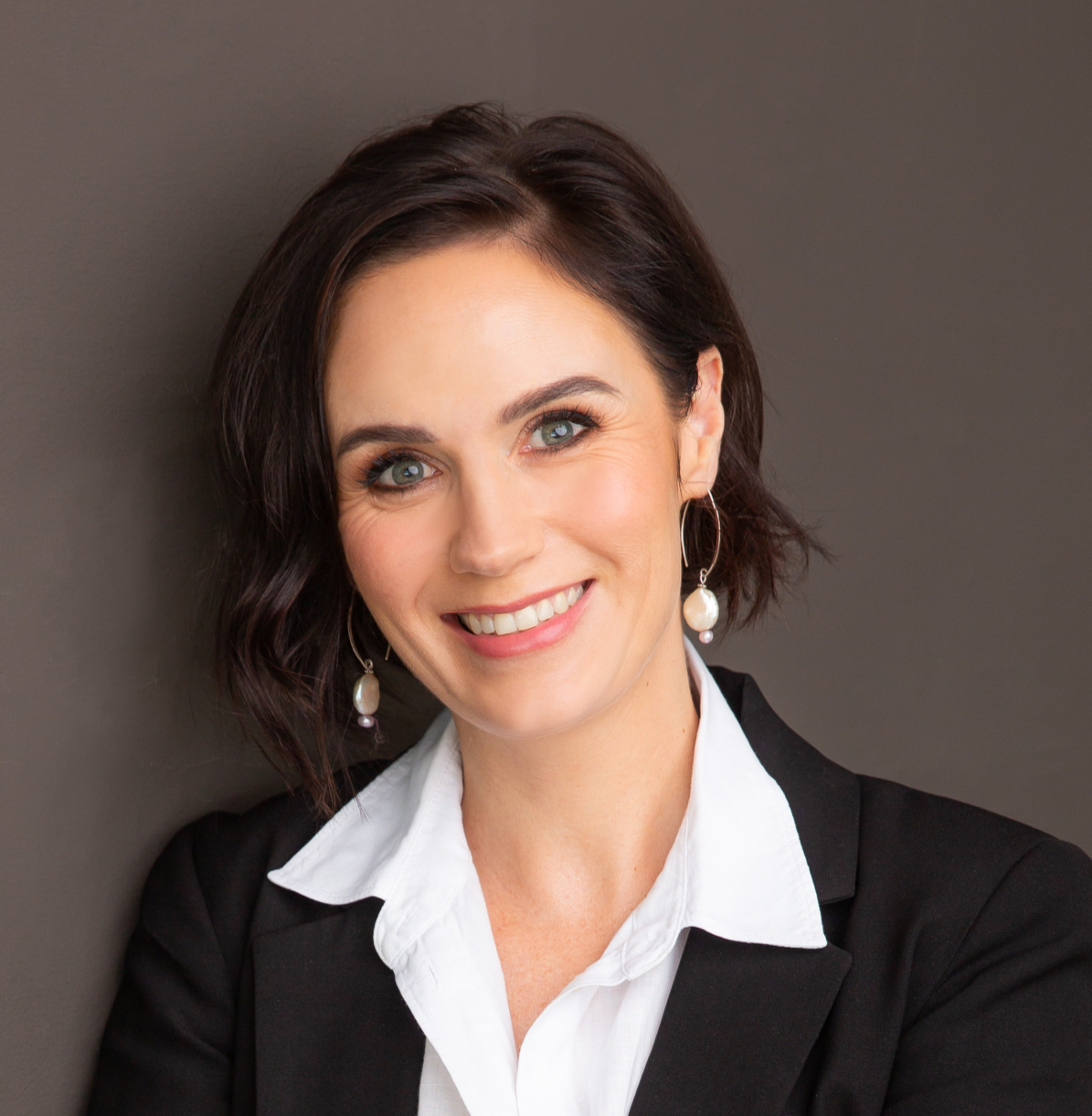What to Expect in Facial Palsy Recovery: From Paralysis to Progress
- Carianne Vermeulen

- 2 days ago
- 7 min read
According to a 2020 review in The Lancet Neurology, over 70% of people diagnosed with Bell’s palsy begin to recover within the first three weeks. While this is encouraging, recovery is rarely straightforward, and for many, the journey extends well beyond these early signs.

Facial palsy affects more than facial movement. It can change how you eat, speak, smile, and interact with others, impacting your sense of self. Whether you are newly diagnosed or weeks into recovery, understanding each stage can help you feel more in control and prepared for the journey ahead.
Recovery varies for each person, depending on the cause, severity, and degree of nerve injury. Some regain full movement within weeks, while others face a longer, more complex path. This guide outlines the recovery phases, timelines, signs of healing, potential complications, and practical steps to support progress.
How long does facial palsy recovery take?
The recovery timeline depends on the type and severity of the facial nerve injury. The only scenario with a fully predictable outcome is a completely severed nerve, usually due to trauma or surgery. In such cases, natural recovery is not possible, and surgical intervention is required.
Facial nerve injuries are generally classified as:
First-degree injury:This occurs when the facial nerve experiences mild, short-lived pressure. Recovery is usually rapid, often within 4 to 6 weeks, or sometimes sooner if the pressure is very slight. Individuals with this type of injury typically make a full recovery and do not develop involuntary movements, also known as synkinesis.
Second-degree injury:This type involves more prolonged pressure or swelling. While the outer protective layer of the nerve remains intact, the inner nerve fibres are damaged, limiting their access to essential nutrients and oxygen. As a result, the fibres can shrink and weaken. Once the swelling resolves and nutrient supply is restored, the nerve gradually regenerates at approximately 1 millimetre per day. Recovery is slower, with early signs often appearing around 12–16 weeks after symptoms begin. Because the regenerating nerve is highly excitable, controlling facial movements can be challenging. Synkinesis which is unwanted or involuntary movements, such as the affected eye closing when smiling, is a common consequence of this type of injury.
Third-degree injury:This represents severe damage to the facial nerve. Recovery is slower and typically incomplete. In some cases, the nerve may be completely severed, either due to trauma or during surgery. A fully cut nerve cannot heal on its own and requires surgical repair to restore facial function.
When is full recovery of the facial nerve possible?
In some conditions, such as Bell’s palsy, Ramsay Hunt syndrome, and Guillain-Barré syndrome, a complete recovery from acquired facial palsy is often possible. However, every case is unique, and it is difficult to predict the exact degree of nerve recovery. While many patients regain full movement, it cannot always be guaranteed.
Facial palsy recovery tends to move in a pattern. Some people recover faster than others, but most follow similar phases. These stages apply to many types of facial palsy, including Bell’s palsy and post-surgical cases.
Stages of recovery when improvement is likely
When facial nerve recovery is expected, the process typically progresses through several recognizable stages:
Flaccid Stage: The affected muscles are weak, limp, and lack tone. The face droops and movement is minimal or absent.
Paretic Stage: Muscle tone gradually returns. Small, spontaneous movements become visible, and partial control begins to improve.
Recovery Stage: Muscle strength and coordination continue to increase, often leading to near or complete restoration of facial movement within weeks to a few months.
What happens when recovery is delayed?
In cases of acquired facial paralysis where recovery is slower than expected, the process follows a series the same stages of recovery, but the exact duration of each stage varies depending on the severity of nerve injury.
Flaccid Stage
At the onset of facial paralysis, the muscles of the face lose their tone and become weak and floppy. Gravity causes them to droop, for example, the eyebrow may hang over the eye, and the corner of the mouth may sag, making speaking, eating, and drinking challenging. Paralysis of the eyelid muscles can prevent the eye from closing or blinking properly, leading to dryness of the eye, irritation, and potential damage to the cornea.
If there is no noticeable improvement after three weeks, or if the eye still cannot close properly, it is important to consult your GP and request a referral to a specialist experienced in managing prolonged facial paralysis.
Paretic Stage
As the nerves begin to recover, the facial muscles gradually regain firmness and tone. Muscles can start working against gravity again, improving facial symmetry at rest. Movements may return inconsistently at first; some muscles recover faster than others. For example, the eyelid may start to close normally while the smile remains weak. Fatigue of the recovering muscles is common, and facial asymmetry may fluctuate throughout the day.
Tingling sensations or small twitches in the face can be signs of nerve regeneration. These should be discussed with your healthcare professional, as they may indicate normal recovery or, occasionally, complications such as nerve compression.
Synkinetic Stage
In cases of prolonged recovery, the final phase may involve synkinesis, which refers to involuntary or unwanted muscle movements. For example, the eye may close when you smile, or the cheek may lift when you blink or raise your brow. The affected side of the face may appear smaller, tighter, or stiffer, and some people experience discomfort, headaches, or neck pain due to shortened, tight muscles.
While synkinesis can be challenging, it often indicates that the nerve is actively regenerating. Facial neuromuscular retraining can help retrain the muscles and improve control over these involuntary movements.
Exceptions to the typical facial nerve recovery path
While most people follow a fairly predictable pattern of recovery after facial nerve injury, there are certain situations where the process differs:
Congenital facial palsy (present at birth):
Some individuals are born with facial paralysis, which may arise from complex syndromes or underdevelopment of the facial nerves or muscles. Severity can range from mild to significant. In many cases, recovery without surgical intervention may be limited. Facial palsy can also occur during birth due to pressure or trauma on the facial nerve. In such instances, partial recovery may be observed in the first days or weeks after birth. Often, a “wait and watch” approach is adopted initially to determine whether natural recovery occurs before further testing or treatment.
Complete severing of the facial nerve:
In cases where the facial nerve is entirely cut, due to traumatic injuries or as a complication during surgery (e.g., tumor removal or certain ear procedures), natural recovery does not occur. Professional medical intervention, including specialist facial therapy or reconstructive options, is required to regain some degree of facial function.
Patients who have undergone nerve grafts:
Nerve grafting is a delicate surgical procedure with recovery timelines that vary widely. Rehabilitation after such procedures is highly individualized, and progress depends on the type of graft, the extent of injury, and personalized therapy programs.
Most recovery happens within the first three months. If you haven’t noticed any change by the end of month three, it’s a good idea to speak with your doctor or a facial nerve specialist.
What signs show that facial nerve healing is happening?
Facial nerve healing often produces subtle signs that indicate recovery is underway. Recognizing these early changes can reassure patients that progress is occurring. Key signs include:
· Twitching or flickering movements in the lips, cheek, or eyelid.
· Gradual return of voluntary movement, like lifting the eyebrow or smiling.
· Improved facial tone and reduced drooping.
· Better symmetry at rest.
· Tingling or mild sensations, indicating nerve regeneration.
· Emergence of synkinesis, which may show the nerve is reconnecting.
· Return of sensory functions, such as taste or eye lubrication.
These are positive signs. They mean the nerve is beginning to repair itself and the muscles are responding. But healing takes time. The facial nerve regenerate slowly, roughly one millimetre per day. That means recovery can take weeks or months for new movement to show up.
To learn more about how your nerves regenerate, visit our guide What Is Facial Palsy? Causes, Symptoms and Treatment.
What complications can occur during recovery?
During facial palsy recovery, some complications can arise, especially in moderate to severe cases or when recovery is prolonged. Understanding these potential issues helps patients anticipate challenges and manage them effectively.
Synkinesis (Involuntary Movements):
This occurs when regenerating nerve fibers reconnect incorrectly. For example, your eye may close involuntarily when smiling, or the cheek may lift when you are blinking. This can cause frustration and affect facial expressions but can be managed with specialist facial therapy or in some cases, Botox.
Muscle Tightness or Spasms:
Recovered muscles may feel stiff or cramp-like. This can cause discomfort, restricted movement, or fatigue. Specialist facial therapy with a targeted treatment plan can help reduce tightness.
Residual Weakness:
Some facial muscles may appear to remain weaker than the unaffected side. This may affect the symmetry of your smile, blinking, or other expressions. Facial neuromuscular retraining can help improve control and tone over time.
Contractures:
Long-term shortening of facial muscles might occur due to prolonged inactivity. This can limit range of movement and affect appearance. Specialist facial therapy with a targeted treatment plan can help reduce contractures.
Eye Problems:
If the eyelid does not fully close, the cornea may become dry or irritated. This can lead to discomfort, infection, or damage without proper eye care. A specialist facial therapist or an opthamologist can guide you on how to optimize eye care and protection.
Psychological Impact:
Changes in appearance and facial function can affect your self-esteem, confidence, and social interaction. Anxiety, depression, or social withdrawal may occur, especially in prolonged cases. But with the right therapeutic support, you do not have to face your recovery alone.
What can patients do at each stage to support recovery?
Your actions at each phase can make a big difference.
During facial palsy recovery, several complications can occur. Synkinesis, or involuntary movements caused by miswired nerves, is common but can be managed with specialist facial therapy or Botox. Muscle tightness or spasms may cause discomfort, while what appears as residual weakness can leave some muscles less responsive; both can be improved with targeted facial therapy. Contractures, or long-term shortening of muscles, may limit movement but can be prevented the right guidance. Eye problems can arise if the eyelid does not close fully, leading to dryness or corneal damage, making proper eye care essential. Additionally, the psychological impact of facial palsy, such as anxiety, depression, or social withdrawal, can be significant, and emotional support is strongly recommended.
To learn more about treatments that can support recovery even after a year, read Can Facial Palsy Be Cured? Here’s What You Should Know.
Summary
Facial palsy recovery progresses through predictable stages, from complete paralysis to visible improvement over weeks and months. Most people with Bell’s palsy begin recovery within three weeks and regain most or all facial movement by six months. Others may experience longer recoveries or lasting effects, but specialist facial therapy, eye care, and specialist medical interventions can support progress at every step.
For more on causes, symptoms, and treatments, see: [What Is Facial Palsy? Causes, Symptoms and Treatment]. For guidance on distinguishing facial palsy from stroke, read: [Bell’s Palsy or Stroke? How to Tell the Difference].

Comments